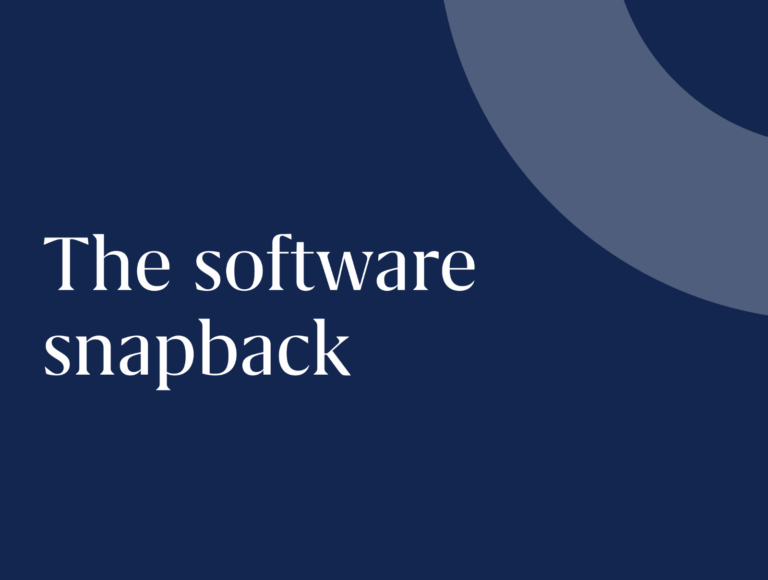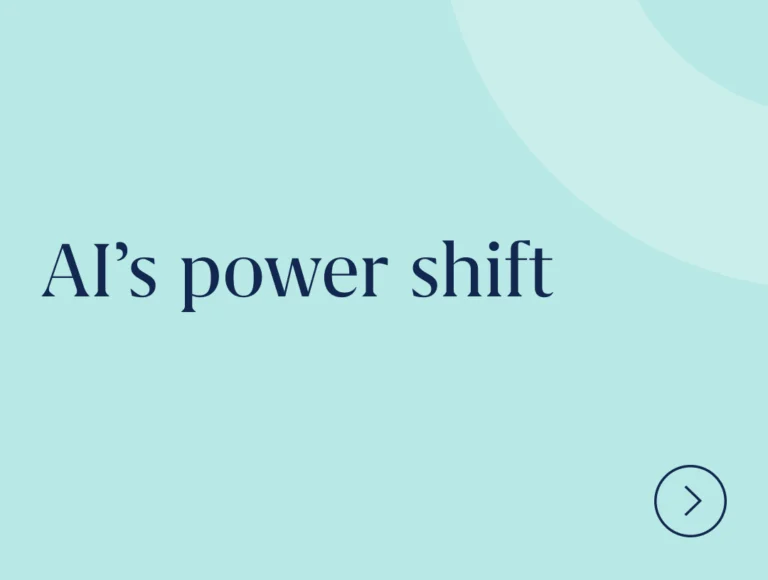Non Disclosure Agreements – or NDAs – are the legal foundation to all deals.
Think of them like a very important gatekeeper. Quite simply if you can’t agree an NDA, you can’t give a potential counterparty access to the sensitive information in your data room.
The NDA defines the rules of engagement – who can see what, for how long, and with what obligations. The stakes are high if a competitor, employee, or regulator gains access.
While it sets the groundwork for the deal – it operates entirely separately to the deal. The NDA can be enforced irrespective of whether a deal ever gets signed.
Then there is the tussle between sponsors and lenders as to how broad the NDA is. Naturally borrowers tend to want broad protection across all confidential information with long time lines for enforceability.
On the other side of a deal, lenders want to ensure that NDAs don’t inadvertently cover public, already known or non sensitive information. Shorter durations and limited liability are also high on the agenda.
NDAs can be unilateral or mutual. In the latter situation, the lender might want to benefit from protection if they share proprietary views or data.
Rules of Engagement
Whatever your role in the market, you could be reviewing dozens or even hundreds of deals a year. Each one could have a bespoke NDA – with even small changes requiring legal review.
With access to the data room key to getting the process started, NDAs can become a bottleneck and source of frustration. Rather than getting stuck into the data room, you are playing email ping pong with the legal team.
If changes are negotiated, the workflows are taken offline and a documentation blind spot. Manual processes open up the possibility of inconsistent templates and version control issues.
A Competitive Edge Through Efficiency
Termgrid streamlines NDA workflows by introducing automation, standardization, and transparency.
As a sponsor, you can upload your standard NDA and—with a single click—send it to all participants in the deal process. No more tracking versions across email chains or chasing signatures. Sponsors using Termgrid report a significant drop in redlines, with many lenders accepting terms as-is thanks to the clear, centralized approach.
The result: faster access to the data room, fewer legal bottlenecks, and more time focused on getting the deal done.
We used [click through NDAs] on a project recently and it was great – 90% of people clicked through.
Principal – Capital Markets, Global Private Equity Sponsor
The click through NDA also creates a faster, lighter touch process for lenders. Ultimately, a smoother process enables faster access to the deal. Bespoke terms can still be negotiated but if terms are standardized, the click through process creates a smoother process with less friction for all parties.
Lastly, as a digital workflow for debt financing – Termgrid automates the administrative burden of reporting and tracking on your lender engagement and relationships.
NDA acceptances are automatically sent to the entire deal team – including advisors. Digital, time stamped records are created – removing the need for offline records or scattered email threads. This not only simplifies compliance and audit readiness, but also gives deal teams confidence that nothing has slipped through the cracks during fast-moving processes.
As private markets grow more competitive, efficiency and transparency become a differentiator. Streamlining NDA workflows is a small shift that yields major returns—freeing up teams, speeding up access, and reducing risk.
In an industry where timing is everything, a smoother NDA process can be the edge that gets you into the data room first—and across the finish line faster.
Stay in touch with all of our latest updates and articles. Sign up now.



